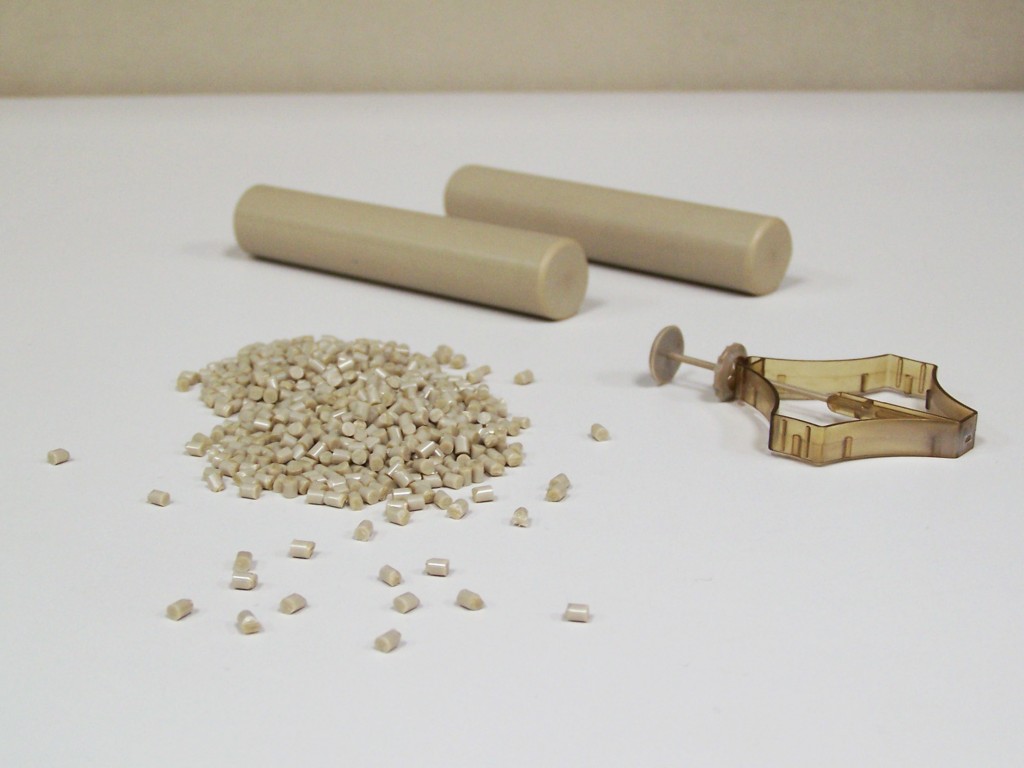Oxford Performance Materials was the first company to receive FDA approval for a polymer implant for their unique skull implants. While the company’s biocompatible materials have been deemed safe for implantation, their previous implants, including the aforementioned cranial implant and the OsteoFab Patient-Specific Facial Device, were not load-bearing, limiting the use of their technology and materials to a small region of the body. Today, however, all of that has changed, as the company receives FDA clearance for its SpineFab® VBR implant system, now the first and only 3D printed polymer load-bearing device.
The spinal implant is designed to replace throacolumbar spinal vertebrae (T10 through L1) that may have been damaged due to cancer or trauma. In order to ensure that the SpineFab system would meet FDA load and fatigue requirements, the device ran a gauntlet of static and dynamic mechanical tests.
OPM CEO Scott DeFelice, previously interviewed on 3DPI, speaks about the news, “Receiving FDA clearance for our SpineFab system is a significant accomplishment for our team and a key milestone for OPM.” He continues, “This clearance serves as further confirmation of our ability to repeatedly build fully functional 3D-printed parts and mission critical robust structures. The introduction of our SpineFab system represents exciting news for the Company’s entry into the attractive spinal market, and this lays the foundation for future generations of load-bearing OsteoFab implants in the orthopedic industry.”

Severine Zygmont, President of OPM Biomedical, adds, “We have built a strategy with the patient in mind by working together with clinicians to bring innovative device solutions that anticipate improved surgical outcomes. Today we have achieved our goal to build the first 3D printed polymer implant that has been cleared for a load bearing indication. Our OsteoFab process, which combines 3D printing with a unique material chemistry, is causing the industry to rethink how implants are designed and manufactured. We can now envision devices that will promote bone tissue formation while being imaging friendly and anatomically desirable.”
Their biomedical division, OPM Biomedical, plans to 3D print the implants in 48 sizes using their certified OsteoFab laser sintering process and biocompatible OPEKK powder. This surprises me, in that one of the great benefits of 3D printing is the ability to translate patient medical data into perfectly-tailored medical devices. So, to hear that they will be 3D printing 48 different sizes seems to resemble the strategy of a traditional manufacturer. The company does suggest that their implants allow X-Rays to pass through them, feature bone-like mechanical properties, and facilitate bone growth. As Zygmont indicates above, doctors will be able to read the implants via X-Ray just as they might a biological bone, allowing them to track bone growth, which may be beneficial enough to warrant the unique 3D printing powder and process.
OPM plans to sell these implants through distributors, along with future orthopedic implants that the company is developing. Their previous implants, the OsteoFab Patient-Specific Cranial and Facial devices, however, are exclusively distributed through Zimmer Biomet.



